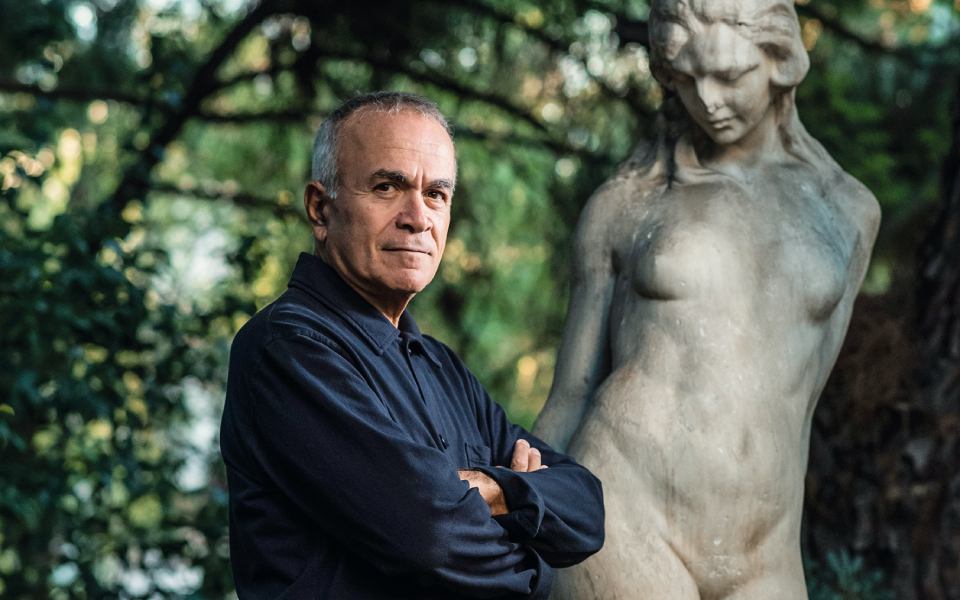The National Museum of Contemporary Art (EMST) clearly has a central role in the Greek art landscape. Despite having organized a plethora of exhibitions, however, its odyssey towards establishing a permanent home and its management woes have tended to dominate any public discussion concerning the institution.
Yorgos Tzirtzilakis, a professor in the Department of Architecture at the University of Thessaly and artistic advisor of the DESTE Foundation, gives us his assessment of the museum’s role:
“I’d say The Odyssey is the first pillar of contemporary Greek culture, and, in this sense, of EMST as well. There are obviously some deeper unresolved issues behind this delay that we do not like talking about. The Odyssey, however, exists in our contemporary culture thanks only to a second, complementary pillar, and that is Karagiozis [a wily and ridiculous character central to traditional Greek shadow theater, whose home is a humble shack]. And I don’t mean that at all facetiously. Odysseus not only takes a very long time to reach his destination, he is also adaptable. He is not a great warrior, but he is flexible and multifaceted, ready to submit to transformation and the journey home.
“The disdained Karagiozis represents the comic and the ridiculous (which alternate with the tragic), an inanity that coexists with a type of wisdom, and a grotesque physicality. I think that these two pillars, the adventure and journey home on the one hand, and the shack on the other, are two characteristics that prepare us for a lot more.
“Odysseus and Karagiozis are the two unsurpassed ‘superheroes’ of Greek culture. For this reason, therefore, the EMST has no reason to emulate the unbending rational brilliance of a museum in Oslo or Ostend.
“On the contrary, it can comprise an open system that observes, hosts and converses with the contradictions and dynamics, the enigmas and currents of modern Greek culture, which contain these primitive structures of Odysseus and Karagiozis: the journey on the one hand, and at the same time the shack, the paradoxical, the collapsed. In this sense, the ‘role’ and the ‘identity’ of EMST is as a bridge, a dialogical coupling between that which is happening in international art, and current local circumstances, the condition of our contemporary culture itself.
“I fear that we often think of the EMST as an angst-driven replacement for our European fantasy or for our inadequate presence on the ‘international stage’. In contrast, the EMST’s ‘vision’ cannot be anything other than a work that is always under construction, incomplete and imperfect, so that it can include that which is outside of it.
“The very philosophy of such a museum, as indeed of contemporary art, is something that is dynamic and contradictory, something unfinished. This unfinished aspect is a quality of our contemporary culture which likely also comprises a discernible identity with which to start.”
This article first appeared in the print issue Greece Is Athens Winter 2020-2021. The magazine, along with other past issues, is available for order at our eshop.












